The advertising industry changes rapidly. Nowadays companies are not limited to flyers, TV ads, and mailing printed booklets with offers to customers. The Internet has opened up a world of opportunities for advertisers to connect with people and connect on a personal level. But even digital advertising has its drawbacks. It can be skipped or blocked, and bots significantly impact analytics and ROI.
Therefore, the offline advertising industry is slowly but steadily catching up with the technological innovations of online advertising. One such channel is digital out-of-home advertising (DOOH). This is a beneficial approach for launching successful campaigns.
Don’t believe it? We will prove it. Read the article by Mobupps: What is DOOH advertising, and how can it affect the development of your business?
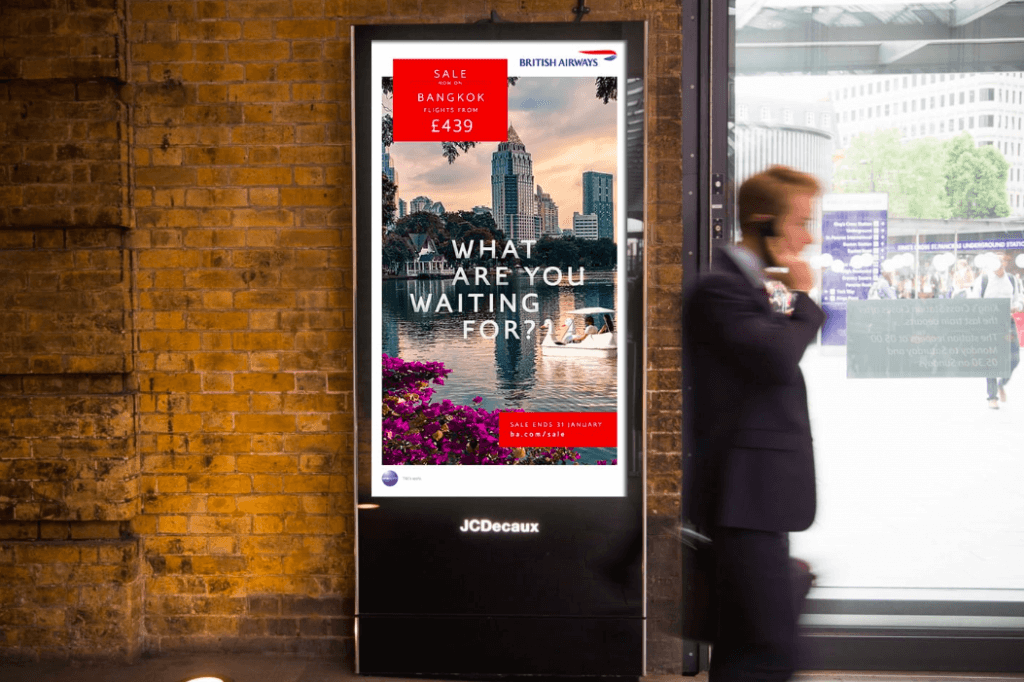
Outdoor advertising (OOH) is the world’s oldest and most well-established advertising type. To deliver media and content to people, these can include digital billboards, elevator screens, and televisions.
DOOH advertisements are similar to out-of-home (OOH) advertisements in many ways. However, OOH advertising has declined in popularity due to plenty of limitations and drawbacks, including a lack of interactivity, relative inflexibility, the difficulty of quickly changing campaigns, and so on. The companies then decided to incorporate digital technologies into traditional outdoor advertising. And this is what happened: DOOH or digital outdoor advertising.
It provides some of the benefits of online display advertising technology, such as targeting and advanced traffic data, but it is totally immune to ad blockers, and the user cannot skip OOH ads. DOOH necessitates a certain level of creativity to capture people’s attention and be remembered. Outdoor advertising could become more lively, interactive, and relevant as a result of this technology.
As a result, we have a symbiotic relationship between online and offline advertising, known as DOOH advertising.
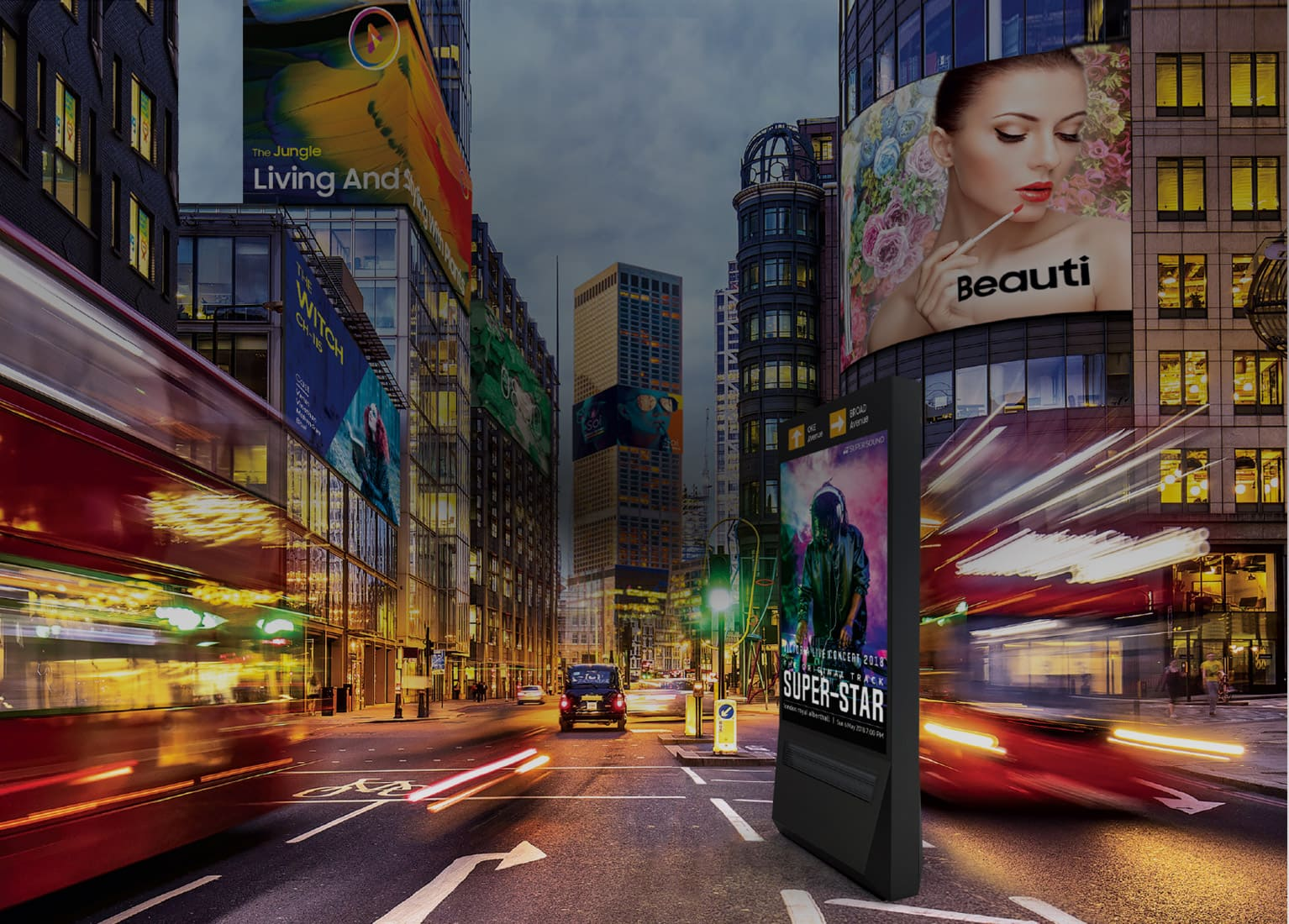
You most likely see a Large Format DOOH ad daily. It can range from billboards along the highway to bus stops on city sidewalks, and it is often best seen by pedestrians and traffic. This is the best option for marketers because advertising practically follows the consumer throughout the day, from the time he leaves the house till he returns home.
These few seconds, that a consumer spends looking at an advertising banner can be extremely valuable to a brand, and this consumer will soon become a potential client.
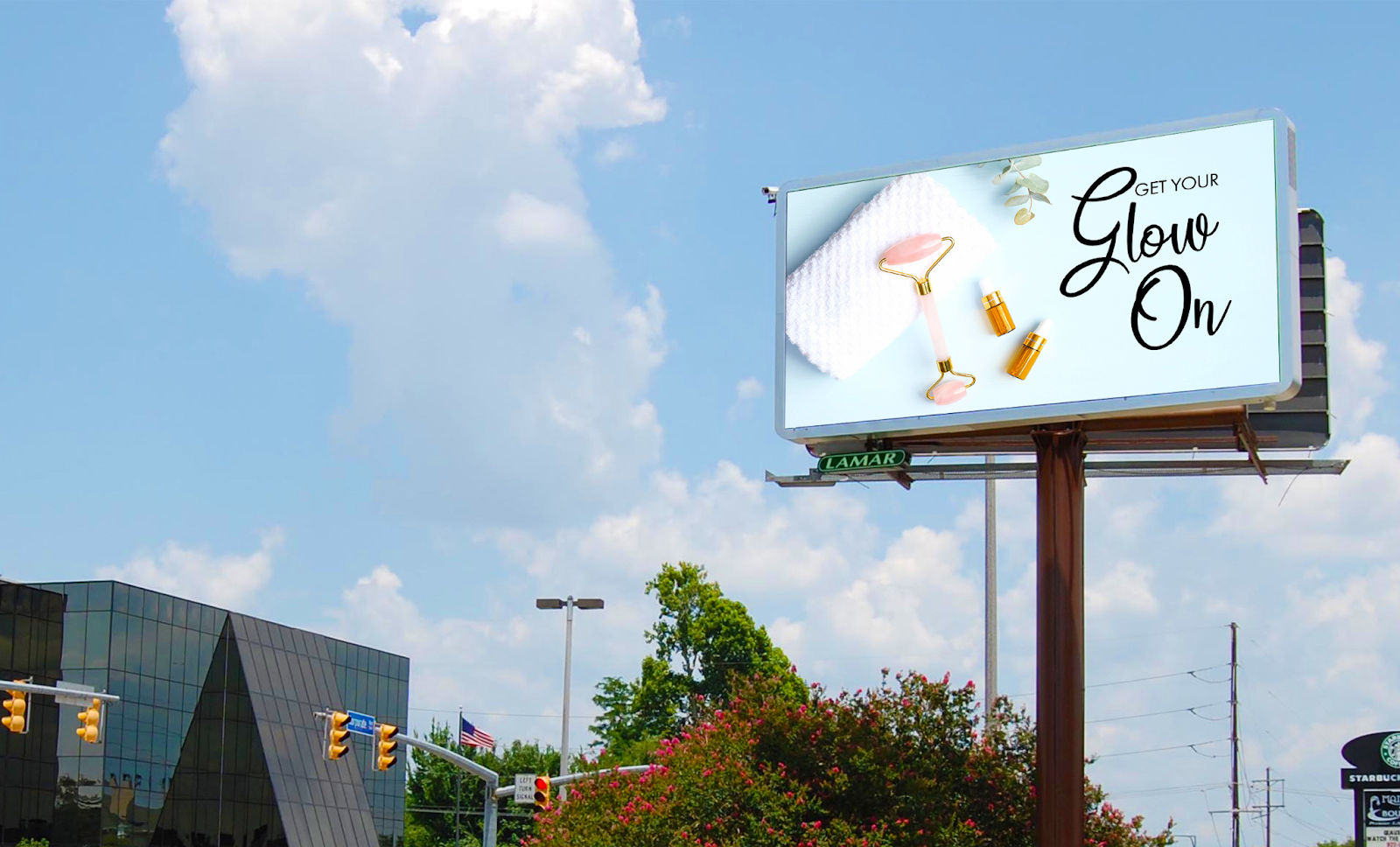
Place-Based Marketing is centered on contextually relevant environments and includes office buildings, malls, gas stations, gyms, restaurants, bars, universities, and other locations. Advertisers can benefit from the attention and relevance that place-based screens command when executing a campaign that aims to reach a specific target audience and/or leverage measurable dwell time.
For example, if a coffee shop wants to reach consumers, then you need to focus on the places where coffee lovers are most often located. It can be placed near business centers, office buildings, shopping centers, or parks.
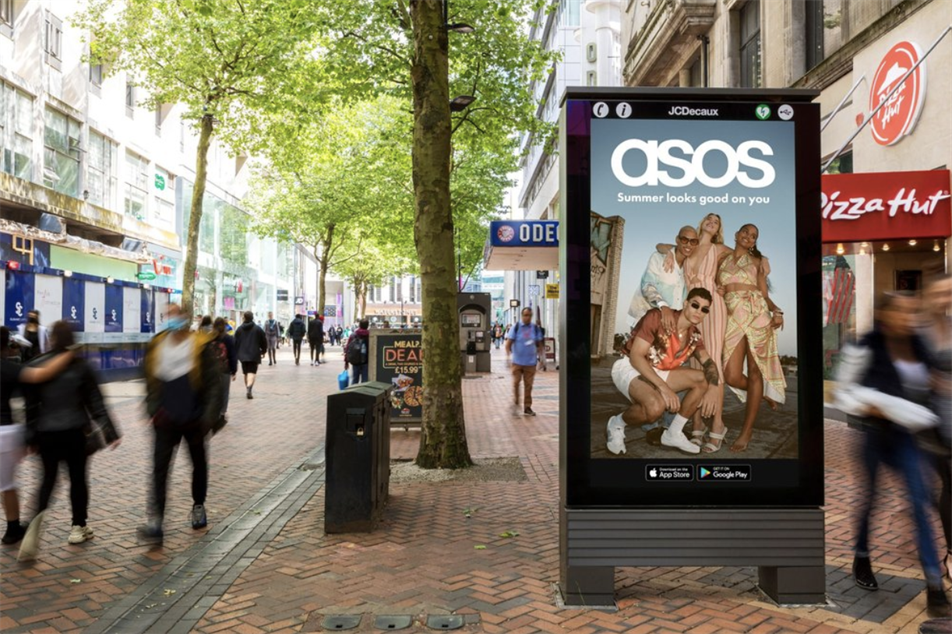
Point-of-purchase screens are frequently classified as place-based media. On the other hand, point-of-purchase digital signage exists specifically inside stores where a brand’s products are sold — in places such as large retail stores, restaurants, grocery stores, liquor stores, and pharmacies.
The potential ROI for leveraging point-of-purchase screens is even greater for reaching on-the-go consumers and influencing last-minute purchasing decisions. Such items are typically purchased on the spur of the moment, so these brands must remain top of mind among shoppers when they assemble to make a purchase.
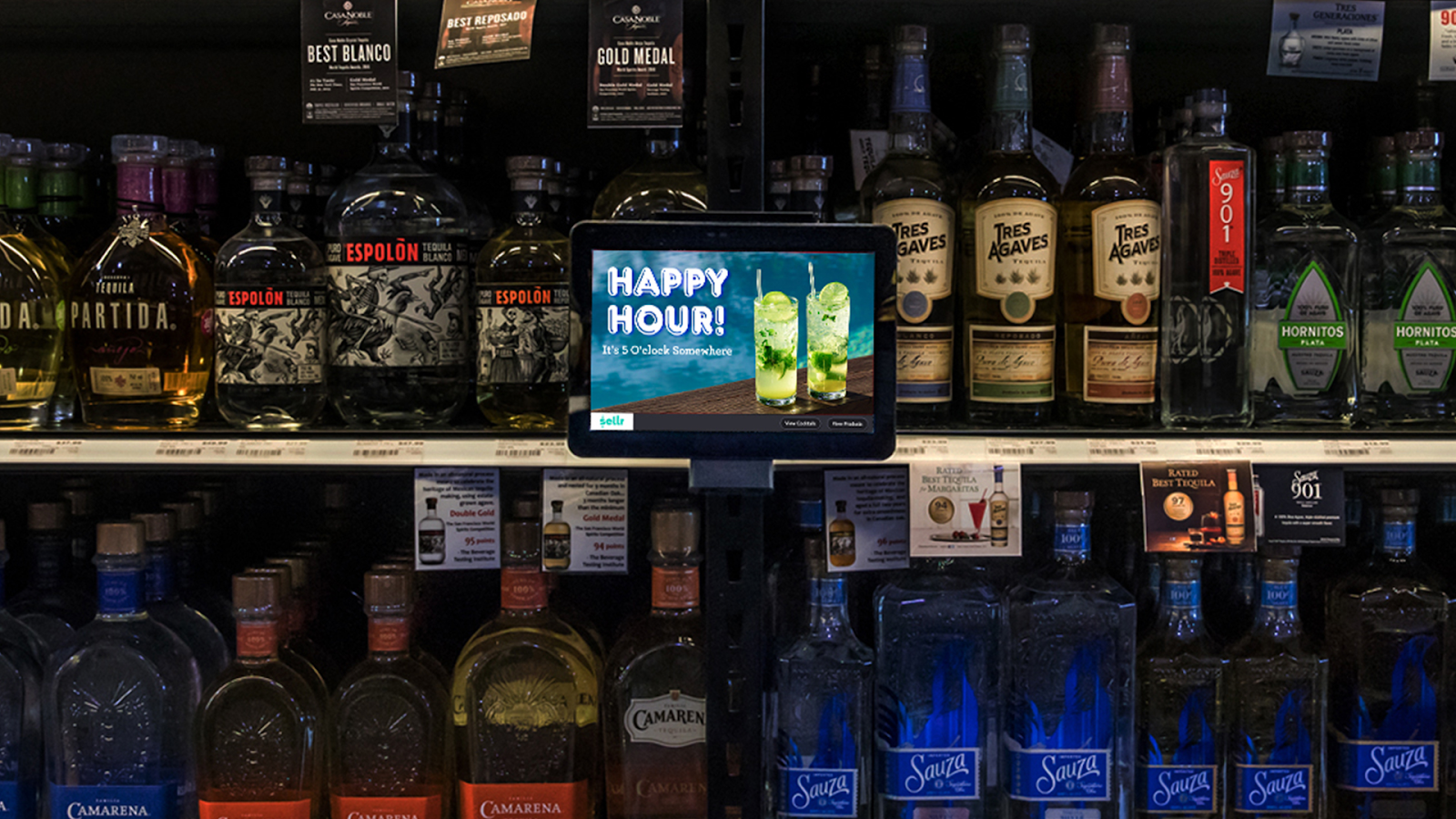
DOOH now has similar targeting, automation, and measurement capabilities as other forms of digital media. It also has the advantage of may reach consumers at scale in real-world moments. Let’s take a look at some of the benefits of running DOOH.
Previously, marketers purchased OOH media based only on geographic variables, such as zip codes or proximity to specific retail locations. However, with today’s data-driven technology, marketers may leverage customer movement patterns to make literate judgments regarding their DOOH locations. Marketers may use DOOH media to contact their target consumers in the right place and at the right time by studying behavioural trends. Aside from audience targeting, prominent programmatic OOH targeting strategies include geo-targeting, proximity targeting, day-parting, and mobile extensions.
Digital marketers have effectively used their data to target identical audiences across mobile devices and social media, but linking these dots to external media has long been demanding. Advances in data technology and outdoor advertising now allow marketers to use their own data to create real-world target audiences.
At a time when everyone’s habits have changed, and companies are concerned about staying loyal, many advertisers are turning to their current consumer data to keep their customers interested, in addition to looming industry-wide privacy concerns. And many use this data in the real world through programmatic outdoor advertising.
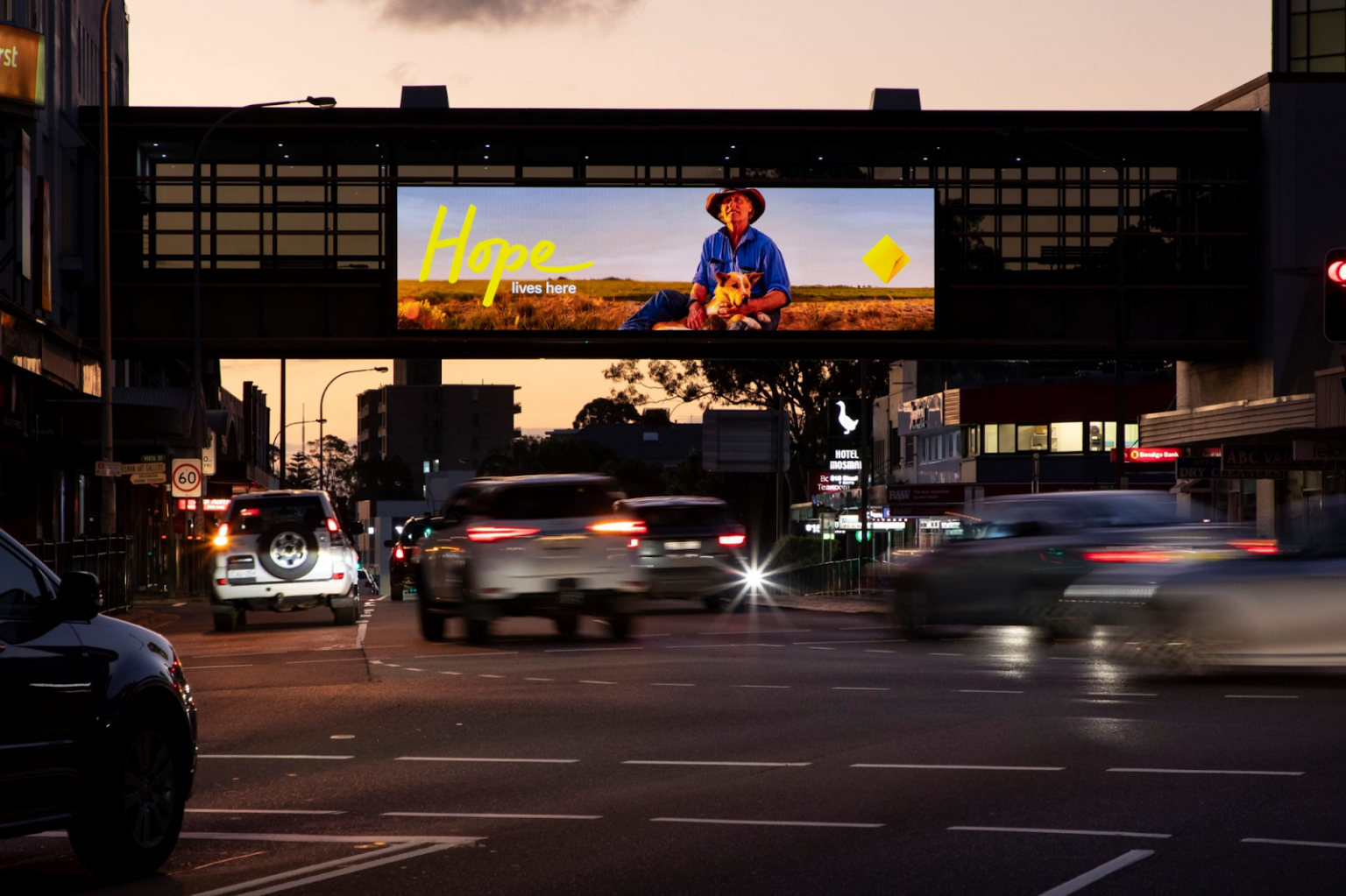
In the end, Mobupps would like to add something important about DOOH. Soon DOOH is a relatively new style that will become an even more popular and profitable advertising format. Consumers may already interact with advertising at this level, which is governed by external environmental elements.
Because these advertisements are not banned or missed by potential buyers, they might become a significant element of your marketing plan. Mobupps also feels that the shift from OOH to DOOH in marketing development was predictable. Please, contact us if you want to make your digital outdoor advertising more productive and cost-effective.
The advertising industry changes rapidly. Nowadays companies are not limited to flyers, TV ads, and mailing printed booklets with offers to customers. The Internet has opened up a world of opportunities for advertisers to connect with people and connect on a personal level. But even digital advertising has its drawbacks. It can be skipped or blocked, and bots significantly impact analytics and ROI.
Therefore, the offline advertising industry is slowly but steadily catching up with the technological innovations of online advertising. One such channel is digital out-of-home advertising (DOOH). This is a beneficial approach for launching successful campaigns.
Don’t believe it? We will prove it. Read the article by Mobupps: What is DOOH advertising, and how can it affect the development of your business?

Outdoor advertising (OOH) is the world’s oldest and most well-established advertising type. To deliver media and content to people, these can include digital billboards, elevator screens, and televisions.
DOOH advertisements are similar to out-of-home (OOH) advertisements in many ways. However, OOH advertising has declined in popularity due to plenty of limitations and drawbacks, including a lack of interactivity, relative inflexibility, the difficulty of quickly changing campaigns, and so on. The companies then decided to incorporate digital technologies into traditional outdoor advertising. And this is what happened: DOOH or digital outdoor advertising.
It provides some of the benefits of online display advertising technology, such as targeting and advanced traffic data, but it is totally immune to ad blockers, and the user cannot skip OOH ads. DOOH necessitates a certain level of creativity to capture people’s attention and be remembered. Outdoor advertising could become more lively, interactive, and relevant as a result of this technology.
As a result, we have a symbiotic relationship between online and offline advertising, known as DOOH advertising.

You most likely see a Large Format DOOH ad daily. It can range from billboards along the highway to bus stops on city sidewalks, and it is often best seen by pedestrians and traffic. This is the best option for marketers because advertising practically follows the consumer throughout the day, from the time he leaves the house till he returns home.
These few seconds, that a consumer spends looking at an advertising banner can be extremely valuable to a brand, and this consumer will soon become a potential client.

Place-Based Marketing is centered on contextually relevant environments and includes office buildings, malls, gas stations, gyms, restaurants, bars, universities, and other locations. Advertisers can benefit from the attention and relevance that place-based screens command when executing a campaign that aims to reach a specific target audience and/or leverage measurable dwell time.
For example, if a coffee shop wants to reach consumers, then you need to focus on the places where coffee lovers are most often located. It can be placed near business centers, office buildings, shopping centers, or parks.

Point-of-purchase screens are frequently classified as place-based media. On the other hand, point-of-purchase digital signage exists specifically inside stores where a brand’s products are sold — in places such as large retail stores, restaurants, grocery stores, liquor stores, and pharmacies.
The potential ROI for leveraging point-of-purchase screens is even greater for reaching on-the-go consumers and influencing last-minute purchasing decisions. Such items are typically purchased on the spur of the moment, so these brands must remain top of mind among shoppers when they assemble to make a purchase.

DOOH now has similar targeting, automation, and measurement capabilities as other forms of digital media. It also has the advantage of may reach consumers at scale in real-world moments. Let’s take a look at some of the benefits of running DOOH.
Previously, marketers purchased OOH media based only on geographic variables, such as zip codes or proximity to specific retail locations. However, with today’s data-driven technology, marketers may leverage customer movement patterns to make literate judgments regarding their DOOH locations. Marketers may use DOOH media to contact their target consumers in the right place and at the right time by studying behavioural trends. Aside from audience targeting, prominent programmatic OOH targeting strategies include geo-targeting, proximity targeting, day-parting, and mobile extensions.
Digital marketers have effectively used their data to target identical audiences across mobile devices and social media, but linking these dots to external media has long been demanding. Advances in data technology and outdoor advertising now allow marketers to use their own data to create real-world target audiences.
At a time when everyone’s habits have changed, and companies are concerned about staying loyal, many advertisers are turning to their current consumer data to keep their customers interested, in addition to looming industry-wide privacy concerns. And many use this data in the real world through programmatic outdoor advertising.

In the end, Mobupps would like to add something important about DOOH. Soon DOOH is a relatively new style that will become an even more popular and profitable advertising format. Consumers may already interact with advertising at this level, which is governed by external environmental elements.
Because these advertisements are not banned or missed by potential buyers, they might become a significant element of your marketing plan. Mobupps also feels that the shift from OOH to DOOH in marketing development was predictable. Please, contact us if you want to make your digital outdoor advertising more productive and cost-effective.

